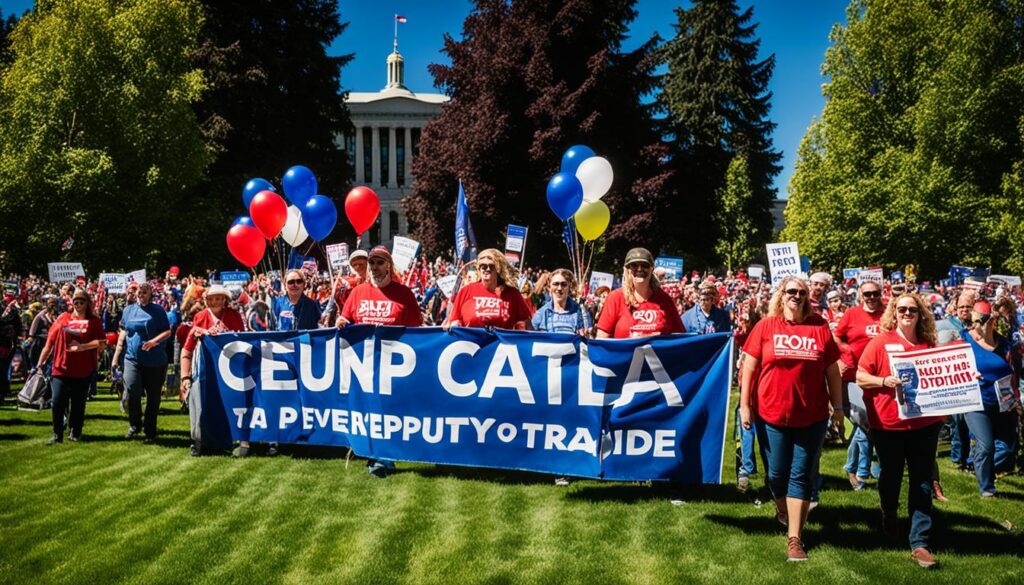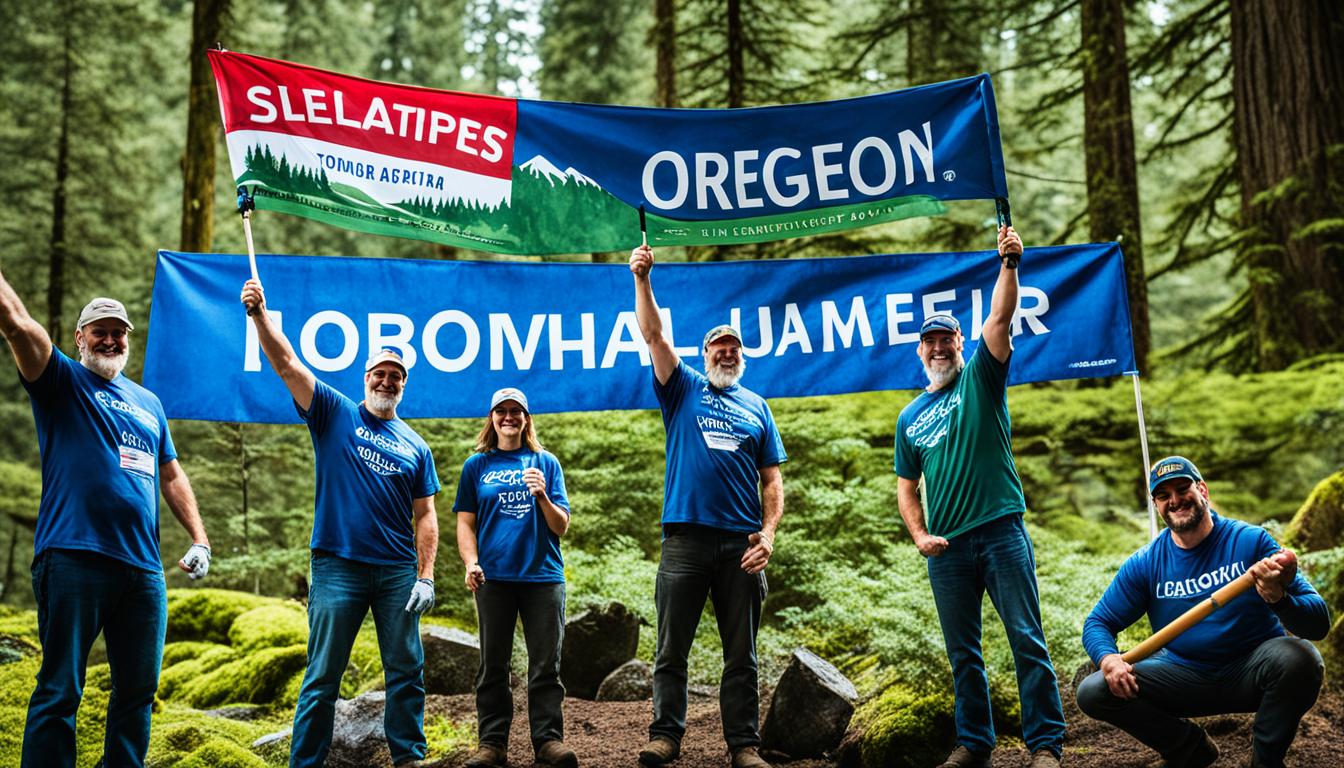Labor Day is a special holiday that honors American workers. It started in the late 19th century. Oregon was the first state to make Labor Day official on February 21, 1887.
This move was a big step for workers’ rights. Labor unions were overjoyed. Their hard work paid off, and they got a day to celebrate.
Soon, 23 more states followed Oregon’s lead. By June 28, 1894, Congress made Labor Day a national holiday. This was a big win for labor activists who fought for it.
Key Takeaways
- Oregon was the first state to officially recognize Labor Day in 1887
- Labor unions played a crucial role in pushing for the holiday
- 23 states adopted Labor Day within seven years of Oregon’s decision
- Congress made Labor Day a federal holiday in 1894
- The holiday celebrates the contributions of American workers
The Birth of Labor Day: From Concept to Reality
In the 1880s, the industrial revolution was in full swing, and labor activism was on the rise. This led to the idea of a day to honor workers. On September 5, 1882, New York City saw the first Labor Day celebration, thanks to the Central Labor Union.

This event was a big step for Labor Day. It had a street parade to show labor’s strength, followed by a festival for workers and their families. This event inspired other cities to start their own Labor Day celebrations.
Labor activism quickly made Labor Day popular. By the early 1890s, 30 U.S. states had made it a holiday. This showed how important workers were to society. Oregon was the first state to officially recognize Labor Day, leading the way for others.
As Labor Day became more popular, it got federal recognition in 1894. This was a big win for the labor movement. It made Labor Day a key part of American culture, celebrating workers’ achievements and labor rights.
Oregon Pioneered Labor Day: A Trailblazing Decision

Oregon made history on February 21, 1887, by making Labor Day an official holiday. This bold move put Oregon at the forefront of workers’ rights. Cities in Oregon had already passed laws in 1885 and 1886, pushing for statewide labor laws.
Oregon’s move inspired other states to follow. By 1887, Colorado, Massachusetts, New Jersey, and New York also made Labor Day a holiday. By 1889, Connecticut, Nebraska, and Pennsylvania joined, making Labor Day a national holiday.
The holiday’s roots go back to McGuire’s proposal for a workers’ day. Oregon was quick to adopt this idea, showing its support for better working conditions and the workforce’s importance.
Oregon’s decision led the way in labor policy. By embracing Labor Day early, Oregon showed its support for workers’ rights. This move helped make the holiday popular across the country.
The Evolution and Significance of Labor Day
Labor Day started as a way to celebrate trade groups. Now, it’s a national holiday for all American workers. The American labor movement made it a symbol of economic and civic pride. In 1909, “Labor Sunday” was created by the American Federation of Labor. It focused on the spiritual and educational side of worker’s rights.
Now, Labor Day marks the end of summer. It affects school schedules, sports, and cultural events across the U.S. The holiday reminds us of the importance of labor unions in making work fairer and better for everyone.
Today, Labor Day is a powerful reminder of what American workers do for our country. It’s a time to think about how far we’ve come in protecting workers’ rights. We celebrate the hard work and commitment of millions who have shaped our nation.

Leave a Reply